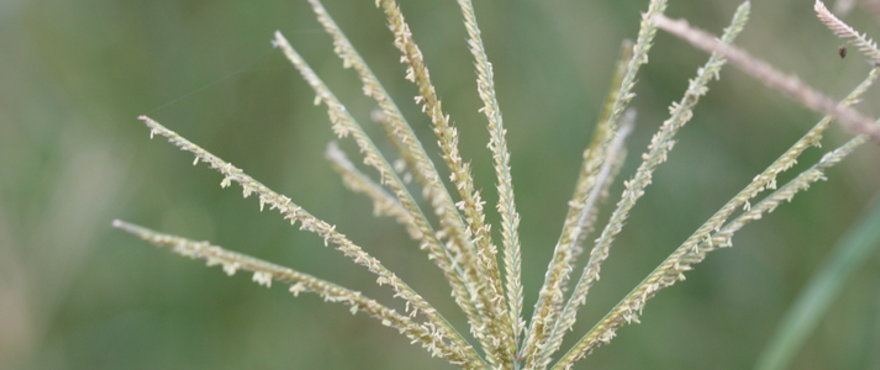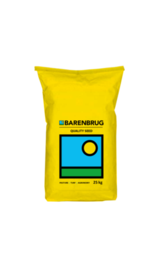Establishment
• October/November or February/March
• Do not plant/cover seed deeper than 25 mm
Soil preparation
• Early preparation helps retain moisture
• Seedbed: clean, even, free of weeds and well rolled
• Many failures occur when seedbeds are too loose and powdery
• Rolling before and after sowing ensures good establishment
• Rhodes grass can be sown on dry soils where the soil is inclined to form a hard crust after rolling
• Subsequent rain will wet the seed for germination
• A light shower of rain followed by long dry period could result in poor establishment
KATAMBORA
A diploid, tufted grass. Leafy, densely growing, with long, relatively thin stolons. Selected for drought
tolerance and very rapid growth rates. Establishes and covers soil rapidly, persisting well, even at low fertility. Katambora has a high seed yield ability and is classified as a Nematode resistant type.




